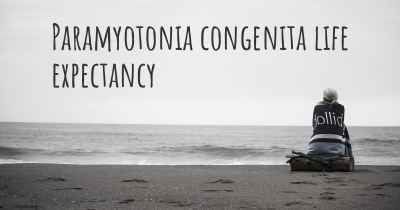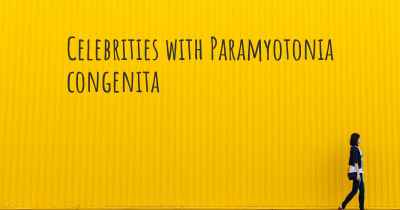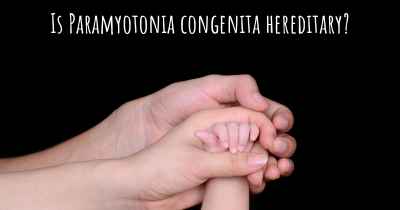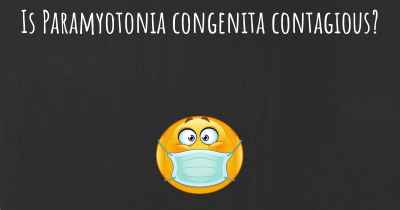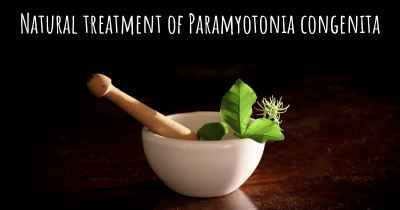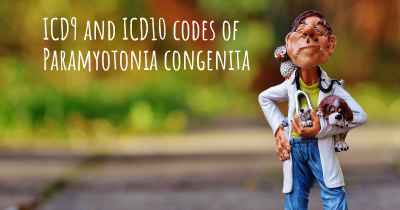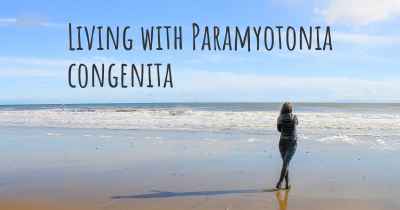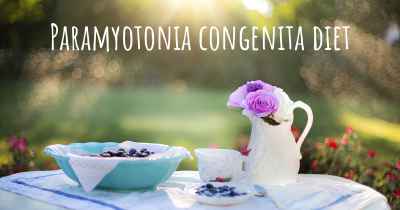Is it advisable to do exercise when affected by Paramyotonia congenita? Which activities would you suggest and how intense should they be?
See if it is advisable for people with Paramyotonia congenita to practice sports and which ones are the most recommended if you have Paramyotonia congenita
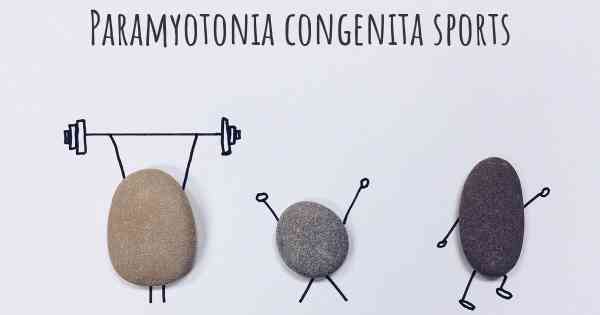
Exercise Recommendations for Paramyotonia Congenita
Paramyotonia congenita is a rare genetic disorder that affects the muscles and causes muscle stiffness and weakness. It is important for individuals with this condition to maintain an active lifestyle and engage in regular exercise to manage symptoms and improve overall well-being. However, it is crucial to approach exercise with caution and follow certain guidelines to ensure safety and minimize the risk of exacerbating symptoms.
Benefits of Exercise
Regular exercise offers numerous benefits for individuals with Paramyotonia congenita. It can help improve muscle strength, flexibility, and endurance, which can in turn enhance mobility and reduce muscle stiffness. Exercise also promotes cardiovascular health, boosts mood, and helps maintain a healthy body weight. However, it is important to choose appropriate activities and modify them as necessary to accommodate the specific needs and limitations associated with Paramyotonia congenita.
Recommended Activities
When selecting exercises, it is important to focus on activities that are low-impact and do not put excessive strain on the muscles. Here are some recommended activities:
- Swimming: Swimming is an excellent choice as it provides a full-body workout without putting stress on the joints and muscles. The buoyancy of water also helps reduce the impact on the body, making it easier to move and exercise.
- Cycling: Cycling is a low-impact activity that can be easily modified to suit individual needs. It helps improve cardiovascular fitness and strengthens leg muscles without putting excessive strain on the body.
- Yoga: Yoga focuses on gentle stretching, breathing exercises, and relaxation techniques. It can help improve flexibility, balance, and overall well-being. It is important to work with a qualified instructor who can provide modifications for specific needs.
- Pilates: Pilates is a low-impact exercise method that focuses on core strength, flexibility, and body awareness. It can be adapted to accommodate different fitness levels and specific needs.
- Walking: Walking is a simple and accessible exercise that can be tailored to individual abilities. It helps improve cardiovascular health, strengthens muscles, and promotes overall well-being.
Exercise Intensity
The intensity of exercise should be individualized and based on personal fitness levels and symptoms. It is important to start slowly and gradually increase the intensity and duration of exercise over time. Listening to the body and avoiding overexertion is crucial to prevent muscle fatigue and potential worsening of symptoms.
It is recommended to consult with a healthcare professional, such as a physical therapist or a physician familiar with Paramyotonia congenita, to develop a personalized exercise plan. They can provide guidance on appropriate exercises, modifications, and intensity levels based on individual needs and limitations.
Precautions and Safety Measures
While exercise is generally beneficial, individuals with Paramyotonia congenita should be aware of certain precautions and safety measures:
- Warm-up: Prior to exercise, it is important to engage in a thorough warm-up routine to prepare the muscles for activity. This may include gentle stretching and range-of-motion exercises.
- Hydration: Staying hydrated is essential during exercise to prevent muscle cramps and fatigue. Drink plenty of water before, during, and after physical activity.
- Monitoring: Pay close attention to how your body responds to exercise. If you experience increased muscle stiffness, weakness, or any other concerning symptoms, it is important to stop and rest. Pushing through discomfort may worsen symptoms.
- Modifications: Modify exercises as needed to accommodate muscle stiffness and weakness. This may involve reducing the range of motion, using lighter weights, or using assistive devices for support.
- Rest and Recovery: Allow for adequate rest and recovery between exercise sessions to prevent overexertion and muscle fatigue.
Remember, it is crucial to consult with a healthcare professional before starting any exercise program, especially if you have Paramyotonia congenita. They can provide personalized advice and guidance based on your specific condition and needs.
